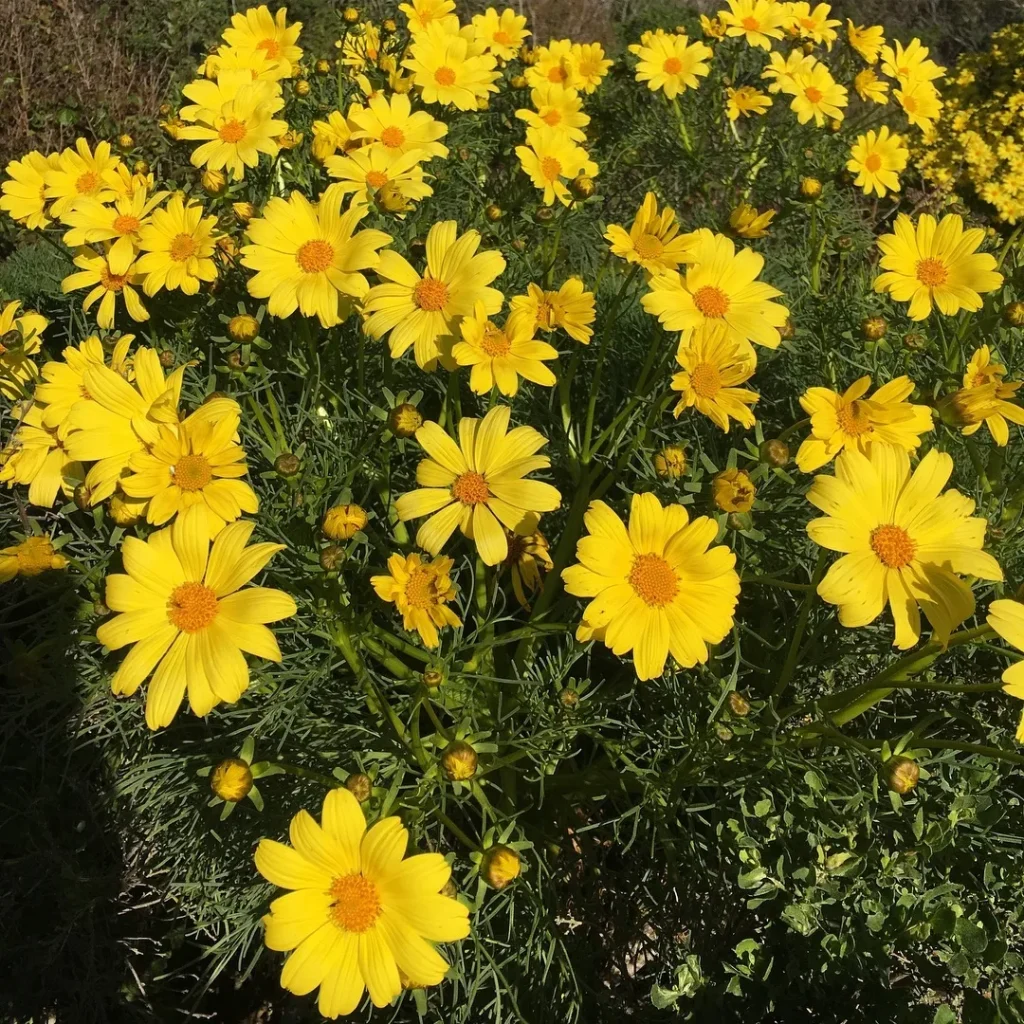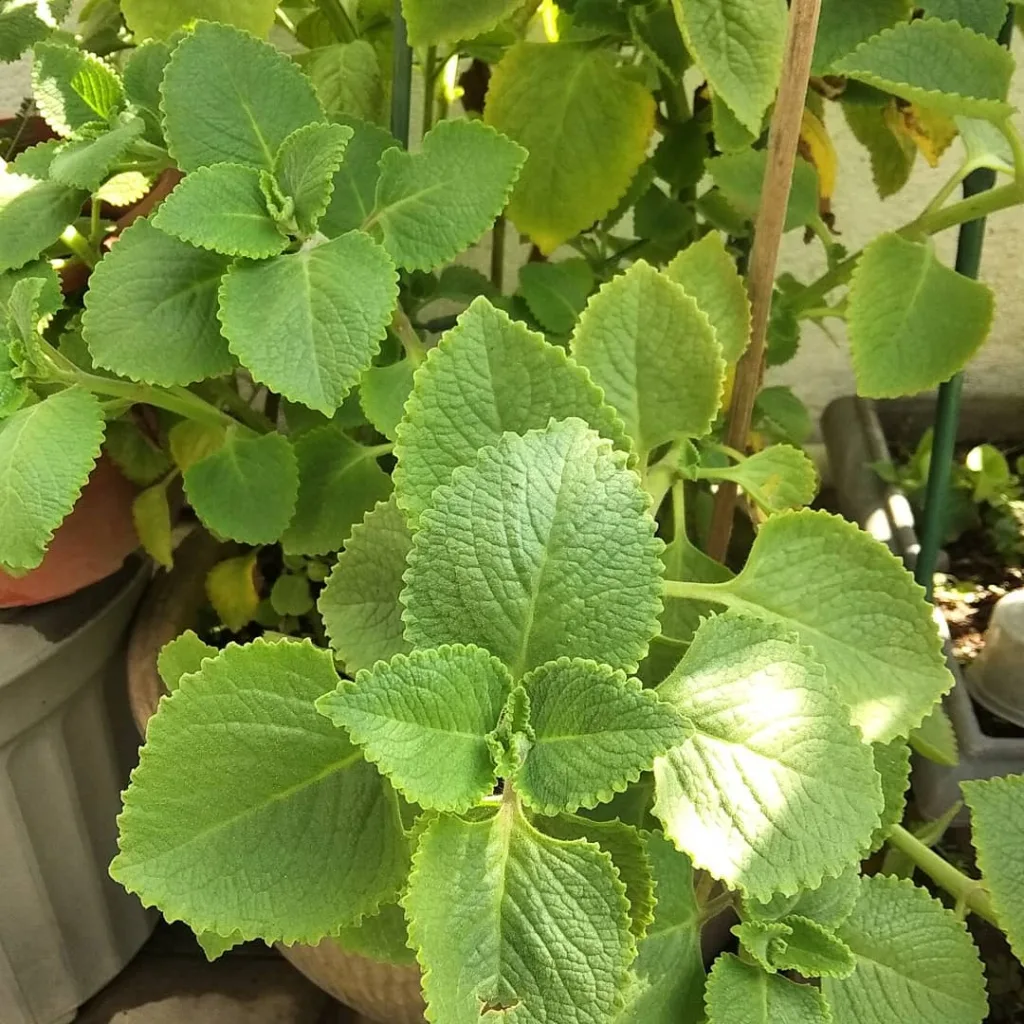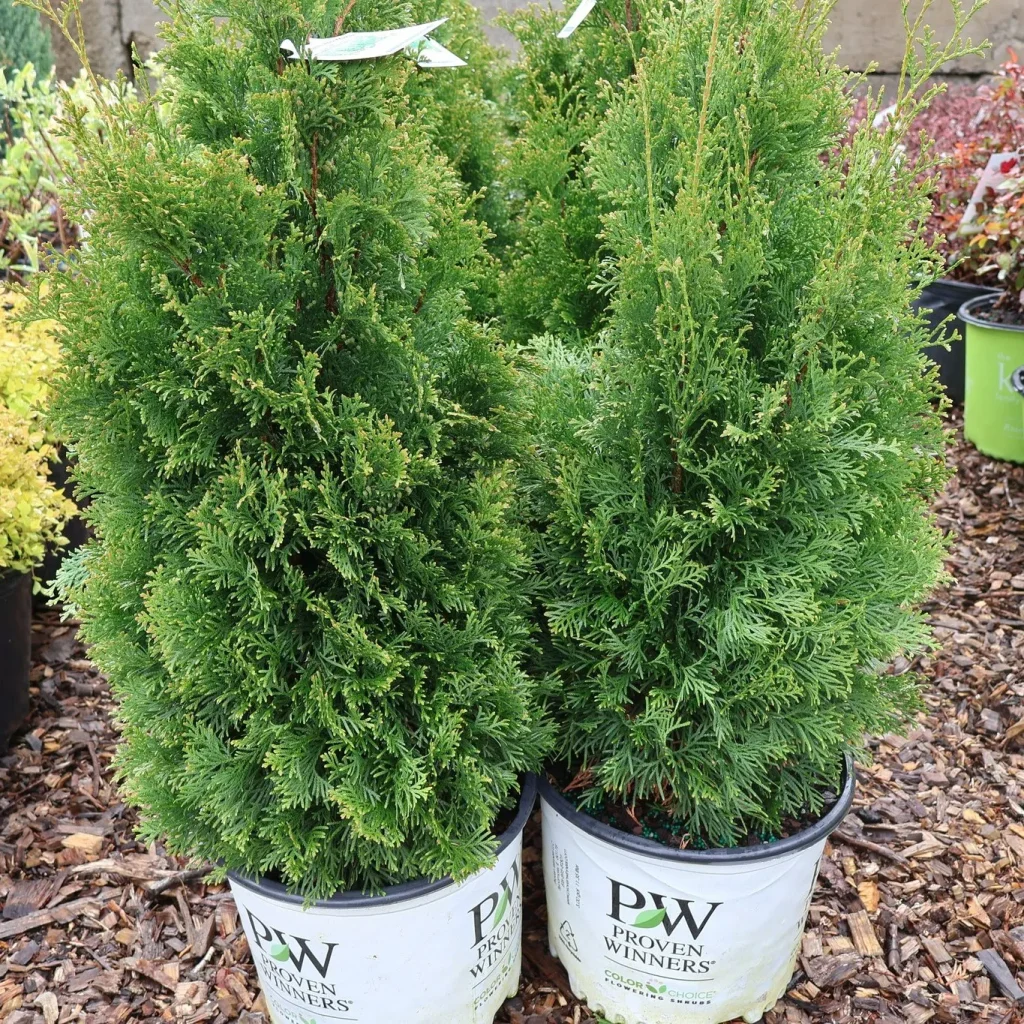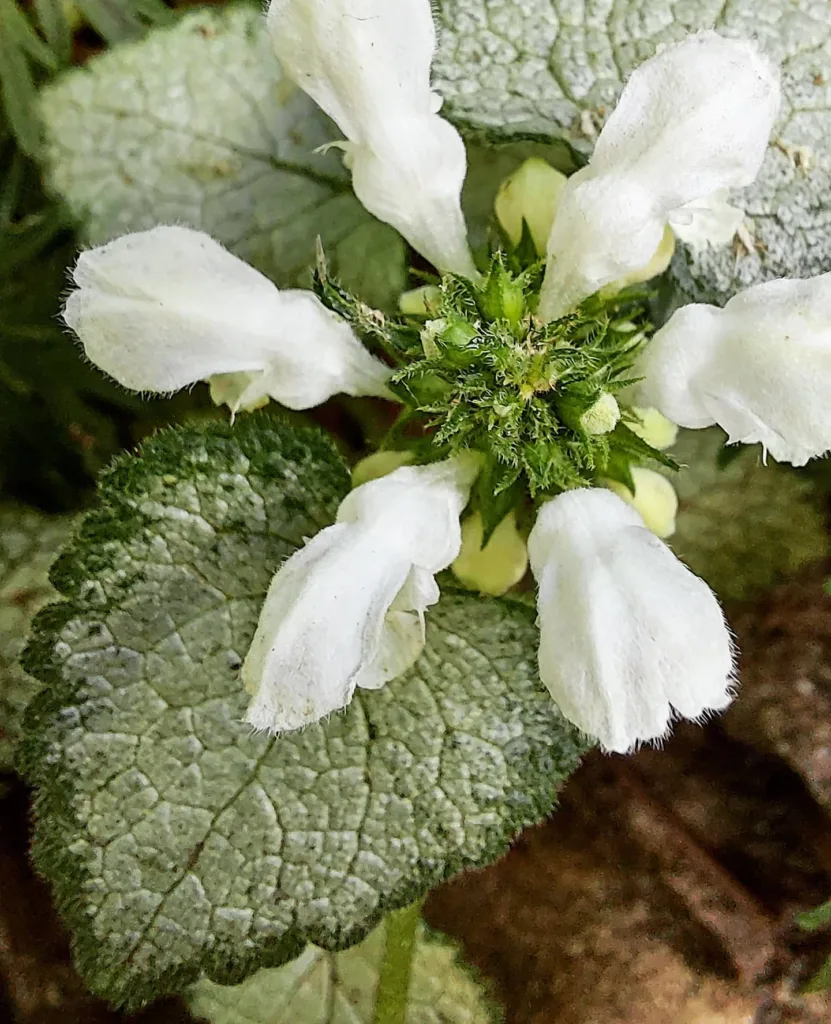Nepenthes Eymae: A Carnivorous Beauty with Bite
For the past decade, Nepenthes Eymae has captivated me with its otherworldly charm. This carnivorous pitcher plant, hailing from the island of Sulawesi in Indonesia, boasts a captivating dichotomy in its pitcher shapes. Let’s delve into the world of Nepenthes Eymae, answering your burning questions and exploring what makes this plant so special.
Plant Family: Nepenthaceae – 207 Species in Genus Nepenthes
Is Nepenthes Eymae Difficult to Grow?
The answer depends on your experience level. Nepenthes Eymae thrives in warm, humid environments with bright, indirect sunlight. While not the most challenging Nepenthes to cultivate, it does require consistent conditions. Here are some key factors to consider:
- Temperature: Aim for a range of 70-85°F (21-29°C) during the day and a slight drop (65-70°F, 18-21°C) at night.
- Humidity: Mimic its natural habitat by maintaining high humidity levels (70-80%). You can achieve this with a terrarium, pebble trays, or misting regularly.
- Light: Provide bright, indirect sunlight. Avoid harsh, direct sun which can scorch the leaves.
- Water: Use distilled, rainwater, or reverse osmosis water to avoid mineral build-up. Water deeply when the potting medium dries slightly to the touch.
- Soil: A well-draining, airy mix is crucial. Sphagnum moss, perlite, and orchid bark are common choices.
With proper care, you can cultivate a thriving Nepenthes Eymae and witness its unique pitchers develop.
What Makes Nepenthes Eymae Special?
Nepenthes Eymae’s defining characteristic lies in its remarkable pitcher dimorphism. Here’s the breakdown:
- Lower Pitchers: These are robust and broad, often adorned with a vibrant peristome (the colorful rim that attracts prey). They function as insect traps, utilizing digestive fluids to break down captured prey.
- Upper Pitchers: As the plant matures, the pitcher shape transforms. Upper pitchers become more slender and funnel-shaped, resembling elegant wine glasses. The purpose of this change is still debated, but it’s believed to attract different prey or function in fluid absorption.
This captivating contrast in pitcher form makes Nepenthes Eymae a standout among Nepenthes species.
Nepenthes Eymae vs. Nepenthes Maxima: Are They Twins?
Nepenthes Eymae and Nepenthes Maxima are close relatives, often causing confusion. Here’s a quick comparison:
- Pitchers: Nepenthes Eymae’s pitchers are generally smaller and have a more prominent peristome in the lower traps. Nepenthes Maxima boasts larger pitchers with a less pronounced rim.
- Leaf Shape: Nepenthes Eymae’s leaves tend to be broader and more rounded, while Nepenthes Maxima’s leaves are narrower and more elongated.
- Habitat: Nepenthes Eymae is typically found in lowland areas, while Nepenthes Maxima prefers highland regions.
While these are general distinctions, there can be significant variation within each species. Some Nepenthes Eymae specimens might resemble Nepenthes Maxima, making identification tricky.
Beyond the Basics: Additional Tips for Success
Here are some final pointers for cultivating a happy Nepenthes Eymae:
- Feeding: While not mandatory, you can occasionally offer your plant dead insects or bloodworms as a supplement.
- Avoid Repotting Stress: Repotting can disrupt the plant’s growth. Only repot when necessary, using a sterile container with proper drainage holes.
- Enjoy the Journey: Be patient! Nepenthes Eymae is a slow-growing plant. The satisfaction of witnessing its unique pitchers emerge is well worth the wait.
Common Problems and Solutions
- Brown Leaves: This could indicate insufficient humidity, low light, or root rot. Increase humidity, adjust light levels, and ensure proper drainage to resolve.
- Stunted Growth: Check for signs of pests like mealybugs or aphids. Treat promptly with organic insecticides if necessary. Nutritional deficiencies can also hinder growth. Consider a very dilute, carnivore-specific fertilizer.
- Lack of Upper Pitchers: Patience is key! Upper pitchers often develop as the plant matures. Ensure optimal growing conditions to encourage this transformation.
Advanced Care Techniques
- Climbing Support: As Nepenthes Eymae is a vining plant, providing a moss pole or trellis can encourage climbing growth.
- Dormancy: Some Nepenthes Eymae may exhibit a dormancy period with cooler nighttime temperatures. Mimic this by slightly lowering night temperatures during winter.
- Propagation: While challenging, Nepenthes Eymae can be propagated through basal shoots or leaf cuttings. Extensive research and experience are recommended for this technique.
Nepenthes Eymae in a Terrarium
Nepenthes Eymae thrives in the high humidity environment of a terrarium. Here’s what to consider:
- Terrarium Type: A well-ventilated terrarium with good air circulation is ideal.
- Substrate: Utilize a well-draining mix like sphagnum moss, orchid bark, and perlite.
- Monitoring: Regularly monitor humidity levels and adjust ventilation as needed.
By understanding its needs and providing consistent care, you can cultivate a thriving Nepenthes Eymae that will reward you with its beauty and fascinating predatory nature.
So, if you’re looking for a captivating carnivorous plant to add to your collection, consider the alluring Nepenthes Eymae. With a bit of dedication, you can create a haven for this botanical wonder and witness its captivating pitchers unfurl.
If i die, water my plants!



